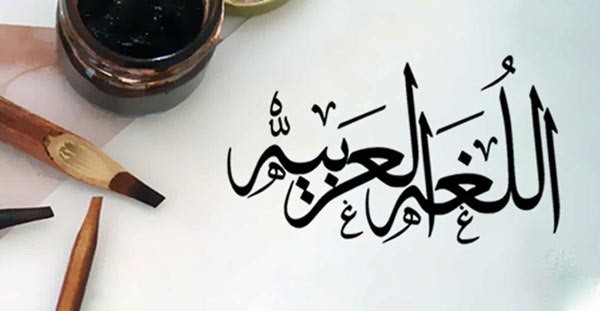The Arabic language is the language of Islamic culture and civilization, in which scholars and intellectuals from various nations, including Iranians, have played a role in its formation and expansion. This language has an unparalleled historical and cultural connection with the Persian language and literature, as well as the Kurdish language and literature. It is one of the living languages in the world, spoken today by hundreds of millions of people in more than twenty Arab countries.
The widespread use of this language in Islamic countries and the necessity of familiarity with it for over a billion Muslims have been significant factors in the prevalence of this language in Islamic countries. The extensive relationship between the Arabic language and literature with the languages, literature, and culture of other nations, especially Muslim countries, has led Arabic language and literature to receive special attention in all Islamic countries and be taught in academic and educational centers. In the Islamic Republic of Iran, according to Article 16 of the Constitution, the teaching of the Arabic language has become mandatory from the middle school to the end of high school. Arabic language and literature, Arabic language teaching, and Arabic language translation are offered from the undergraduate to post-doctoral levels in many universities and higher education institutions across the country.
In 1370, the University of Kurdistan initiated efforts to establish the Arabic language and literature educational group. In 1371, with the efforts of prominent professors Dr. Mostafa Kharramdel and Dr. Mahmoud Ebrahimi, this program was officially launched, and Dr. Mostafa Kharramdel was appointed as its first head. With the continued activities of the group and the recruitment of faculty members, a master's degree program in the field of language and literature was established in 1376, and in 1400, a doctoral program in the same field was introduced. Currently, this program, with eight full-time faculty members, operates at three levels: undergraduate, master's, and doctoral, continuing its educational and research activities.


